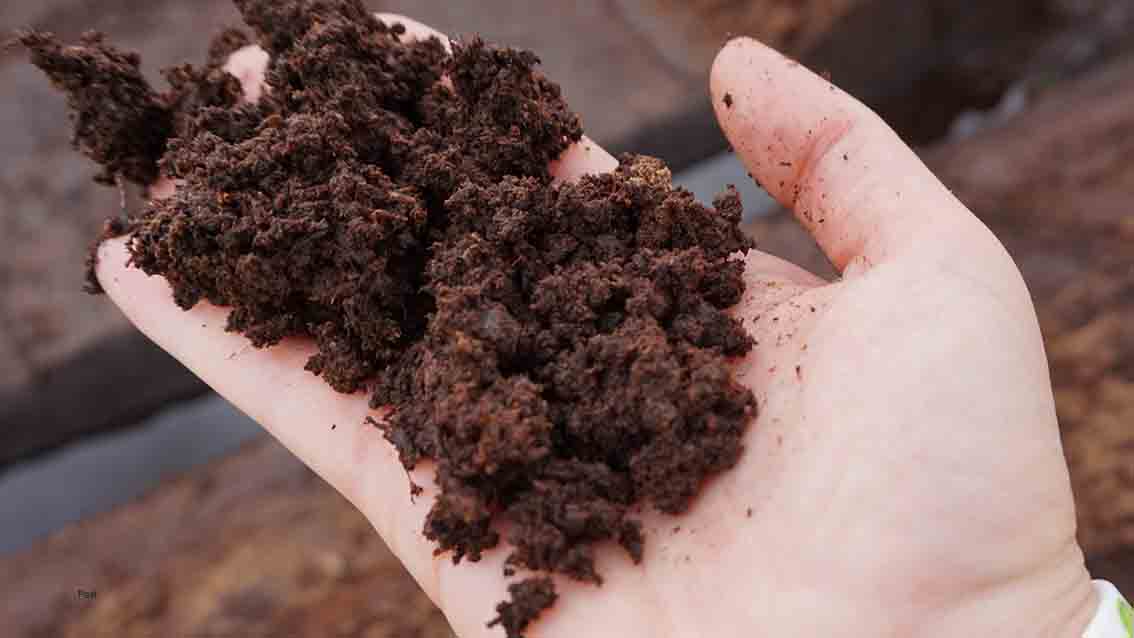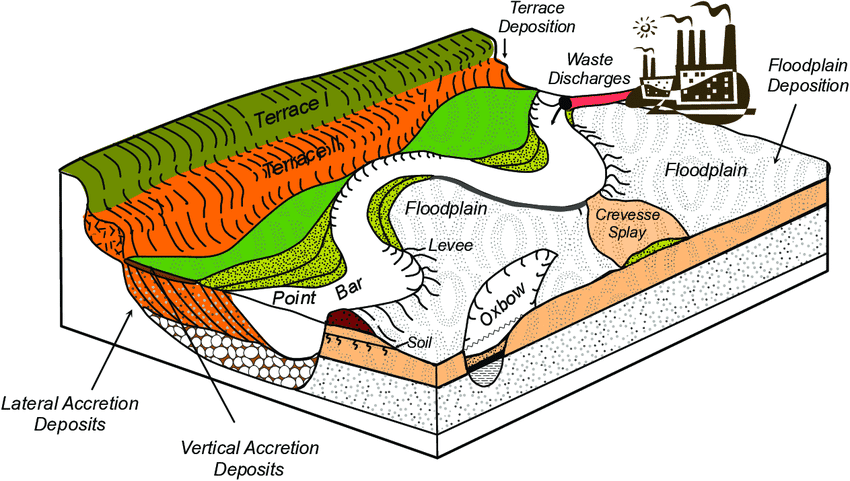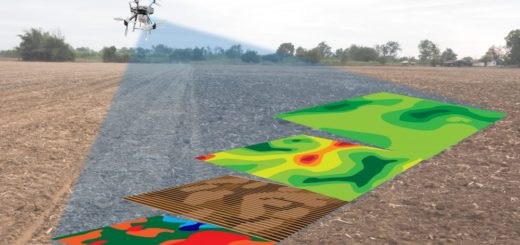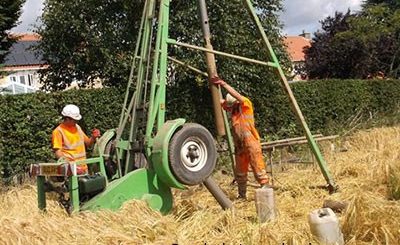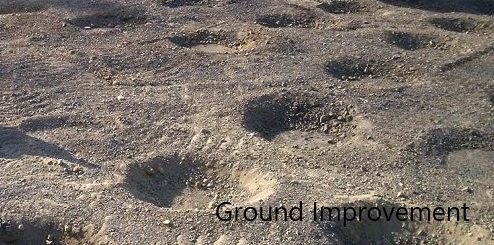Soil Types [desigers perspective]
Awareness of the soil types and their geotechnical parameters are very important as the structural engineers and civil engineers. When designing or during construction, it is very important to know about the types of soil that are available at the site.
There are different classifications of soil and there are different methods of classification of soil based on the parameters shown below.
Mainly the classification of soils is done based on the engineering properties such as grain size distribution, liquid limit and plastic limit.
There are two major classification systems.
- AASHTO
AASHTO is referred to the American Association of State Highway and Transportation Officials.
AASHTO classification systems are mainly used in highway construction and it is not used in foundation construction.
- ASTM
ASTM is referred to the American Society for Testing Materials.
The unified soil classification system as per the ASTM standards
ASTM D2487-17: Standard Practice for Classification of Soils for Engineering Purposes (Unified Soil Classification System) is used
In addition to the above, let see what are the main types of soil available.
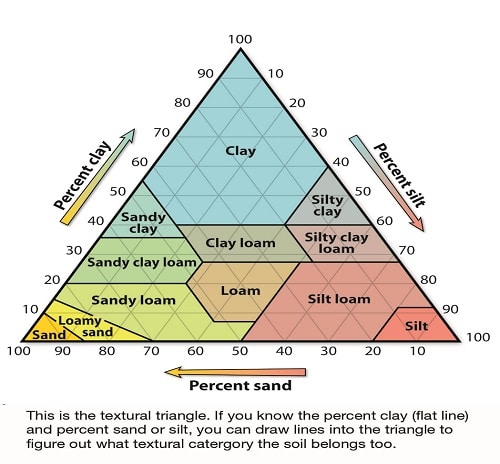
Different Types of Soils
Mainly there are the following types of soils.
- Gravel Soil
- Clay
- Silt Soil
- Sand
- Peaty Soil
- Chalky Soil
- Loamy Soil
Let’s discuss each type of soil in detail.
Gravel Soil
Gravel is a loose aggregation of the rock fragment as defined in Wikipedia.
Gravels are formed due to the sedimentation and erosiveness of rock. Starting from 2mm, the size of the gravels could vary 200mm and even more. The gravels can be classified as follows based on their particle size distribution.
| Classification | Particle Size (mm) |
| Fine Gravel | 2-6 |
| Medium Gravel | 6-20 |
| Coarse Gravel | 20-60 |
| Very Coarse Gravel | 60-200 |
| Boulders | >200 |
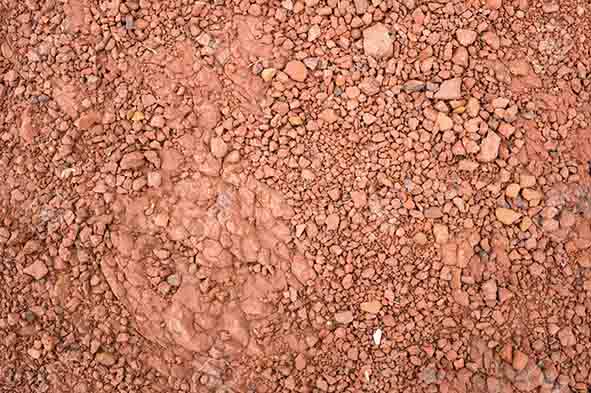 | 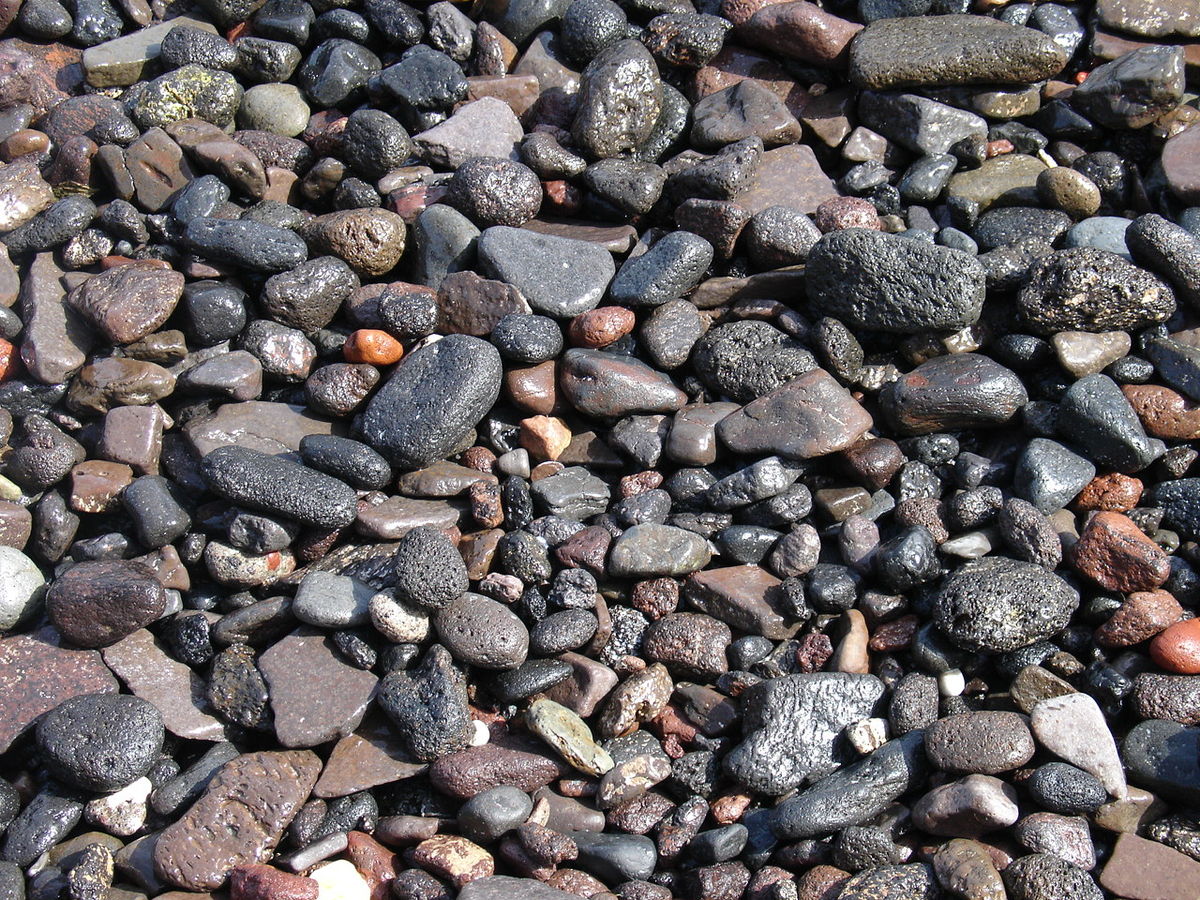 |
There are other types of gravels having clearly separated particles from the clay. In general, gravels are rounded-shaped materials that we can find near the reverse, channels, etc.
Gravels are one of the major construction materials in the world. It is used in the production of concrete together with sand. In addition, in road construction, gravel is widely used.
Clay or Clayey Soil
Clay is fine-grained natural soil material containing clay minerals.
The particle size of the clay is less than 0.002mm generally.
The main features of clay can be listed as follows.
- Very sticky and roll like Plasticine when wet
- Clay can hold more water than other types of soils due to its sticky nature
- Clay gets swell when and wet and shrinks when dry
Clay is a useful material in construction as well as it sometimes becomes an adversely affected material in the construction of foundations.
For example, in the construction of rockfill dams, there is a clay course that is used to retain the water in the reservoir. Clay with some permeability allows a very small amount of water seepage. However, it acts as a barrier to the movement of the water.
The same method is used in earth dams also. For more information, the article types of dam could be referred.
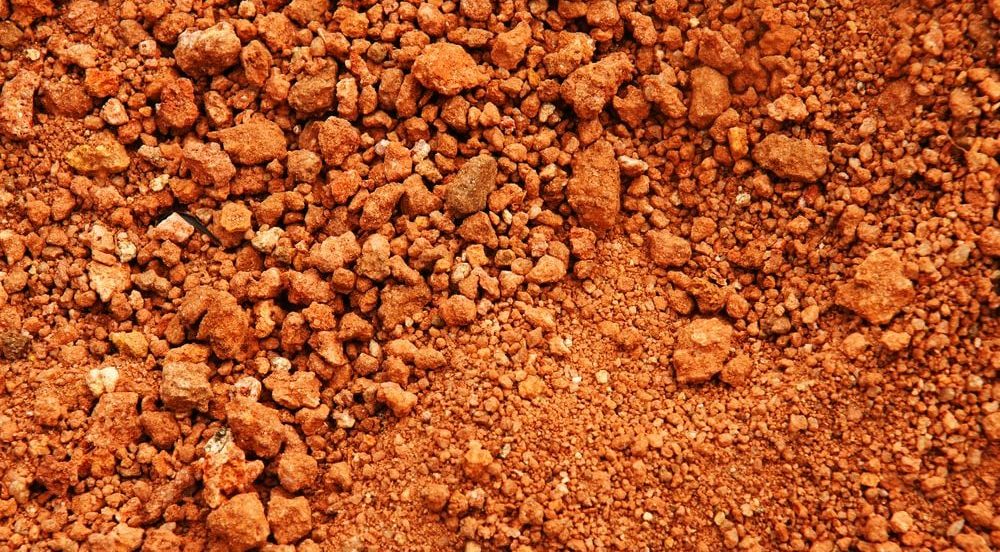 | 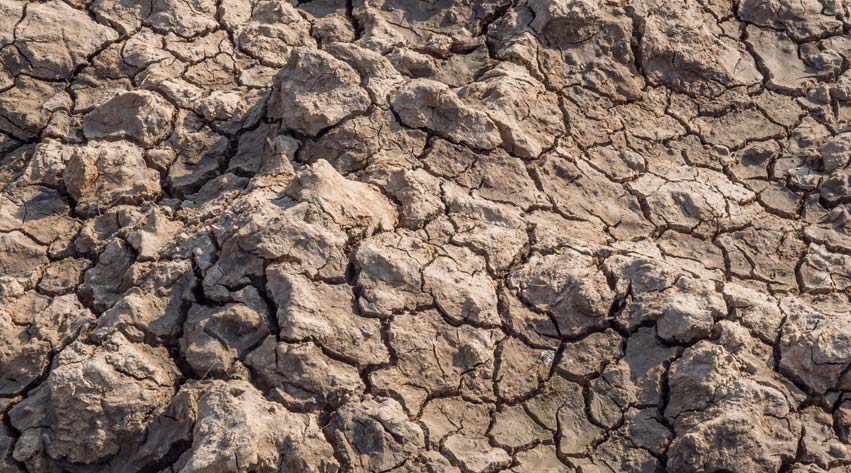 |
Let’s discuss, clay is not friendly material in construction.
What if the Clay layer is found under the Foundation
There is pour water in the saturated clay. With the construction of the foundation or application of load on the clay layer by a slab, the applied stress in the clay layer increases.
As a result of the application of additional stress, pour water pressure in the clay layer increase as the hydraulic conductivity of the clay is very small. It will take some time to dissipate the excess pour water pressure. With the dissipation of the water pressure, it gradually transfers to the soil. This gradual increase in the effective stress in the clay layer will cause settlement over a period of time and is reffed to as Consolidation.
Attention shall be made during the design when soil types become clayey soil under the foundation. There are different methods to control the settlement of the foundation or construct a building without affecting the consolidation settlement.
- Preloading
A similar pressure or different pressure calculated based on the allowable settlement and period of preloading could be applied to let the clay settle.
This is done for a period of time based on the consolidation settlement.
- Construction of the structure on the pile foundation
With the presence of clayey soils, there could be other soil types such as peat, silt, etc. which are compressible with the application of load.
They could move laterally with the application loads. Therefore, the magnitude of the load also needs to consider when considering the preloading option.
However, if we construct the structure on the pile foundation there will not be such issues. On this occasion, it is more advisable to construct the ground slab as the suspended slab.
- Soil stabilisation method
Clay soil can be stabilized with slaked lime and cement lime mixture.
Binder mixtures such as lime, cement, blast furnace slag, fly ash and gypsum are widely now used in construction to improve clayey soils.
Silt
Silt is a granular material having a particle size in between clay and sand.
The particle size of the silt is in the range of 0.002 – 0.005mm generally.
Some of the key aspects of silt are as follows.
- Silt is mostly mixed with clay and sand or sediment mixed with suspension with water.
- Silts are made up of rock and mineral particles
- Silt depots are made by transportation from ice, water, and wind.
Silt is special when compared with other soil types. Let’s see why we need to know about silt in structural and geotechnical designs.
As discussed above, silt has different states also. When silt mix with the sand, it says silty sand and when silt mix with the clay, it says silty clay. Clayey silt could cause issues as discussed above.
Silt tends to hold moisture due to its fineness and does not dry as other types of soils due to the poor trendy in water drainage. This could cause silt soil to expand and push against the foundation causing the unfavorable condition.
Sand
Sand is a granular material composed of finely divided rock and mineral particles.
Generally, the particle size is in the range of 0.05 – 2.0 mm. Sand is finer than gravel and courser than silt.
Sand is the most widely used construction material in the world as it is required in most of the construction work out of other soil types.
The most common constituent of the sand is silica or silicon dioxide. Sand is found in the following form.
- Pit sand
- River sand
- Sea sand
- Manufactured sand
Peaty Soil or Peat
Peat is an accumulation of decayed vegetation and organic matter.
Peat forms when plant material does not decay in acidic and anaerobic conditions.
From an engineering point of view, the soils are classified as peat which has a higher percentage of organic material.
Peat in land area in North America is the largest (43.54%) of total global peat land area. The same in Asia and Europe is 28.08% and 24.02% respectively.
The bulk density of the peat is in the range of 800-1200 kg/m3 when compared to other minerals in the range of 1800-2000 kg/m3. This is mainly due to the lower specific gravity and higher water-holding capacity.
It has poor consolidation properties and it can not be easily compacted to rest the foundations. Further, due to the compressibility of material cases higher settlement in the foundations.
In addition, due to the higher liquidity of the material, there is a possibility of lateral movement when loads are applied resulting in excessive settlement of the foundations.
In construction, when peat layers are present, we have two options.
- Remove peat completely and replace with suitable material such as sand, quarry dust, etc.
- Do the construction with the peat with some improvement or with precautionary measures.
How to Construct if Peat Found?
Let’s discuss, how we can do the construction with the peat remaining in place as it is quite challenging.
- Use acceleration method for consolidation
- Preloading: In summary, applied similar or litter higher load over calculated time on the soil until it reaches expected settlement.
- Stage Construction: Preloding could be done in stages during the preloading to avid soil failures.
- Vertical Drains: provide in order to shorten the drainage paths.
- Ground Imprivement Technicquaes
- Stone Columns
Stone columns are made of compacted and uncemented stone fragments (gravels) or sand. It acts as a load-bearing element penetrated through the weak soil layer.
- Cement Columns
Cement columns are made by mixing cement with peat soil either in-situ at the site or making a precast column outside and insert.
- Soil Columns
Soil columns are made of import filler mater, not like cement columns mixing in-situ materials. Generally, the filler material is fine-grained aggregates. In soil columns also, a certain amount of cement is used as the binder.
- Geopier
Geopire is an intermediate foundation system that is constructed from very stiff aggregate piers to reinforced weak and compressible peat and highly organic soils. The geopier shall be fully penetrated through the peat and highly organic layer.
- Surface Reinforcement
Surface reinforcement could be done using geotextile, geogrid, timer or bamboo mattresses, concrete raft, etc.
- Vacuum Overload and Preload
- Soil Stabilization Methods
- Peat mixing with binding material such as cement by mechanical mixing when mass stabilization is done.
- Use cement as binder and silica fume as an additive.
- Piling Methods
Pile foundation can be used as an alternative to the shallow foundation method.
Chalky Soil
Chalky soil is mostly comprised of calcium carbonate from sediments.
This soil is alkaline with a pH in the range of 7.1 -10.
The Well water is hard water in the area where the chalky soil deposit is available.
Loamy Soil
Loamy soil is evenly mixed sand, silt and clay.
Loam soil has a great structure, good drainage quality, ability to moisture retention, etc. is very useful in cultivation.
Further, loamy soil is in the form of clay-loam and sand-loam.
Further to the above method of classification of soils, soil types can be classified as following forms.
Classification of Soil Types as Material Type
- Organic Soils
Organic soils that contain organic matters.
Organic soil contains decaying plant materials, microorganisms, worms, etc.
- Inorganic Soils
Media containing no organic matters. And have neutral pH value due to free of contaminations
Classification of Soils as per Formation
- Residual Soil
- Alluvial Deports or Sedimentry Soil
- Transported Soil
- Aeolian Soil Deposits
- Glacial Soil
- Lacustrine Soil
- Marine Soil
Let’s discuss a few of the above important to be aware of by the civil engineers.
Residual Soil
Residual soil is the material that resulted from weathering of the bedrock.
The nature of the residual soils depends on the parent rock.
It contains clayey or silty clay materials, silt, sand, etc.
Alluvial Deposits
Alluvial deposits are materials deposits by the rivers.
These types of soils contain silts, sand, clay, gravel, organic matter, etc.


